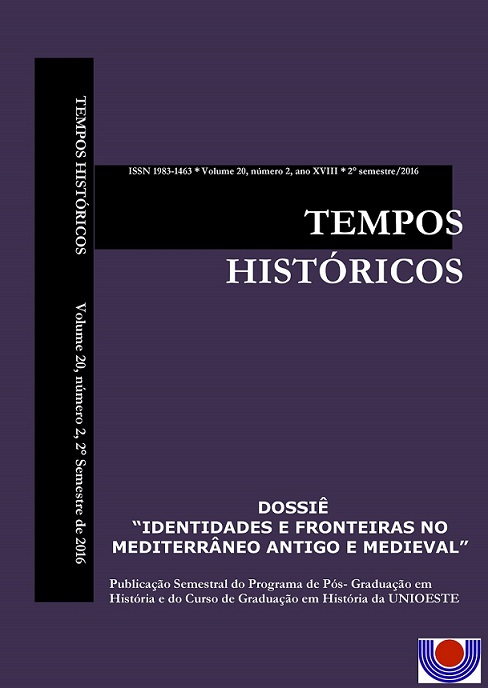THE RAILROAD AND THE CARIRI VALLEY: SOME USES AND DISCOURSES ON THE CONSTRUCTION OF THE RAILWAY IN THE CARIRI AREA
DOI:
https://doi.org/10.36449/rth.v20i2.15791Abstract
Since the late nineteenth century, the Cariri region in the south of the state of Ceará was identified as an outstandingly fertile space with lavish nature and landscapes easily associated with the idea of an earthly paradise. Its green aspect in the presence of the Chapada do Araripe was often exalted in speeches, local newspapers and speeches made by intellectuals and politicians linked to Ceara as well as the Cariri region, more specifically. However, far from being restricted to this fact, the idea of a Cariri with evergreen landscapes and extraordinarily fertile land was also forged in the context of social relations and disputes, such as trying to attract to this space the rails of the Baturité Railway. In this sense, the discourses that presented the Cariri region like an oasis in the midst of a dryland has a historical perspective, which permeated the green landscapes of the foothills of the Araripe, but also permeated disputes over the railwayDownloads
Published
How to Cite
Issue
Section
License
Aviso de Direito Autoral Creative Commons
Política para Periódicos de Acesso Livre
Autores que publicam nesta revista concordam com os seguintes termos:
1. Autores mantém os direitos autorais e concedem à revista o direito de primeira publicação, com o trabalho simultaneamente licenciado sob a Licença Creative Commons Attribution que permite o compartilhamento do trabalho com reconhecimento da autoria e publicação inicial nesta revista.2. Autores têm autorização para assumir contratos adicionais separadamente, para distribuição não-exclusiva da versão do trabalho publicada nesta revista (ex.: publicar em repositório institucional ou como capítulo de livro), com reconhecimento de autoria e publicação inicial nesta revista.
3. Autores têm permissão e são estimulados a publicar e distribuir seu trabalho online (ex.: em repositórios institucionais ou na sua página pessoal) a qualquer ponto antes ou durante o processo editorial, já que isso pode gerar alterações produtivas, bem como aumentar o impacto e a citação do trabalho publicado (Veja O Efeito do Acesso Livre).
Licença Creative Commons
Esta obra está licenciada com uma Licença Creative Commons Atribuição-NãoComercial-CompartilhaIgual 4.0 Internacional, o que permite compartilhar, copiar, distribuir, exibir, reproduzir, a totalidade ou partes desde que não tenha objetivo comercial e sejam citados os autores e a fonte.


